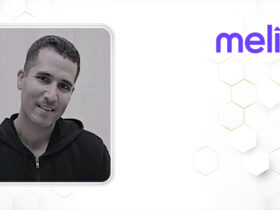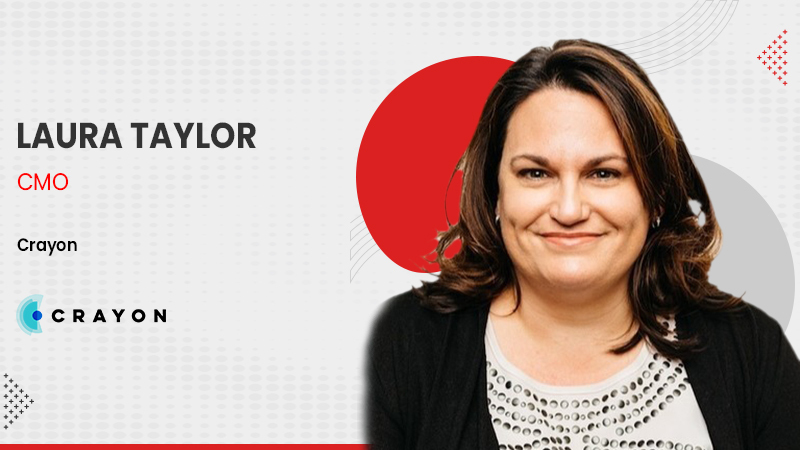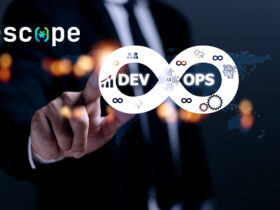Hi Laura, could you tell us about your journey in technology?
I made the switch to B2B marketing after spending 15 years in digital consulting, creating outstanding user experiences for brands like Nikon, Reebok, and Staples. Before joining Crayon, I spent nearly a decade at WordStream, a marketing software company that was acquired by the Gannett Company in 2018. During my tenure there, I built the company’s go-to-market engine into a high-volume, lead-generation machine.
Now, as Chief Marketing Officer at Crayon, I am responsible for overseeing the implementation of all marketing activities across the company. Crayon provides competitive intelligence (CI) software to some of the biggest, most recognized B2B brands like HubSpot, Dropbox, ZoomInfo, and Gong.
What challenges did the Covid-19 pandemic pose for your team?
Covid-19 forced businesses to become nimble, as the pandemic was unpredictable and
fast-changing. The companies that succeeded during the height of the pandemic were those that made decisions and implemented changes at the drop of a hat. Generally, a marketing team would spend six months planning campaigns, but COVID-19 changed that for us. After all, what’s relevant right now might be the furthest thing from people’s minds months down the line.
Overall, the pandemic taught us that we have to let go of our long term plans to a certain extent and be willing to change direction if needed. The world doesn’t care about our plans! If you want to deliver value to your prospects and customers while maintaining a competitive advantage, you have to pay attention to what’s going on outside your organization’s walls today and adapt as needed.
Read More: IT Digest Interview With Daniel Incandela, Chief Marketing Officer at Reachdesk
What sets Crayon apart from the competition?
Crayon’s platform was built to capture competitive insights from millions of sources across the internet in real time. From there, Crayon filters out and identifies the key pieces of competitive intel that matter most to a business—and is then able to deliver this intelligence across the entire company.
There are other tools in the market that are designed to push competitive intel strictly to the sales department. They tend to be limited in sources of intel and, while these tools might work well for sales enablement, at Crayon, we believe competitive intelligence can and should be activated beyond sales teams. Getting the whole organization involved in competitive intelligence can drive meaningful business impact.
How do you envision the Competitive Intelligence sector evolving in the years to come?
Crayon’s most recent State of Competitive Intelligence report found that companies will increase their investments in CI this year due to heightened perceptions of industry competitiveness. Nearly 60 percent of CI practitioners indicated that their markets have gotten much more competitive (a 16 percent increase since 2020). Furthermore, 42 percent of respondents said they plan to add to CI headcount at some point this year—and more than half are planning to increase their use of CI technology in 2022. The picture this data paints is compelling—and it proves businesses recognize the immense value of CI.
Competitive intelligence is on the rise, and with increasing adoption, the vision is that every company will eventually have a Compete team. Similar to business operations and how that department evolved into a must-have, the Compete department will follow suit.
As a business leader, what metrics do you use to define success for CI activities?
Proving a CI program’s ROI is crucial in establishing its effectiveness. For me it’s exciting to see more CI teams embracing KPIs. Typically these teams are looking at metrics such as battlecard views, win/loss percentages, and influenced revenue (calculated by measuring the amount of revenue tied to actual engagement with specific battlecards). I’m seeing more companies tie CI efforts to revenue, as there is a direct correlation to active engagement with CI assets and revenue impact (Crayon’s State of Competitive Intelligence report found companies that activate intelligence daily are twice as likely to report revenue impact).
Could you name one person from the MarTech sector that you would like to see featured here?
Mitchell Leiman, SVP, GM of Digital Marketing Solutions at Gannett
Could you name the Top 5 apps/platforms that you use for marketing?
- Google Ads & Analytics
- HubSpot
- Crayon
- Adobe
- Excel (I know, it’s old school, but still a powerful tool.)
What advice would you give to someone who aspires to be a Business Leader?
There are three major lessons I’ve learned throughout my career that can inspire future leaders.
- Time is a Resource You Can’t Recapture: While some resources can be recovered, like money, when today is over, you can’t get it back. Ralph Folz, Angel Investor and former CEO at WordStream taught me this a long time ago. I often think about this as it applies to planning and execution in marketing – what opportunity are we missing by delaying decisions to the end of the week/month/etc.?
- How You Show Up Matters: This didn’t come from one specific individual but from 25+ years of working with people. Whether it be a physical meeting or Zoom call, bringing your full self to a meeting is impactful. I don’t attend a meeting if I cannot give 100%, both in physical presence and attention.
- See it Through: I believe strongly that something powerful occurs when you commit to and stick with an organization. I have had 3 employers in my career – they have merged and rebranded many times but ultimately 3 in over 25 years. I recognize that this is rare these days. Too often I see candidates in my hiring that jump ship every 18 months and I think there is something important they miss out on by not sticking it out. By staying, you build organizational capital that allows you to take on roles you’d never get hired for coming in cold. You learn how to move and flex with an organization as it goes through growth spurts or declines, and you build muscle there that you can never build org-hopping.
Read More: IT Digest Interview With Jon Clarke, Chief Product Officer At Cyance





































